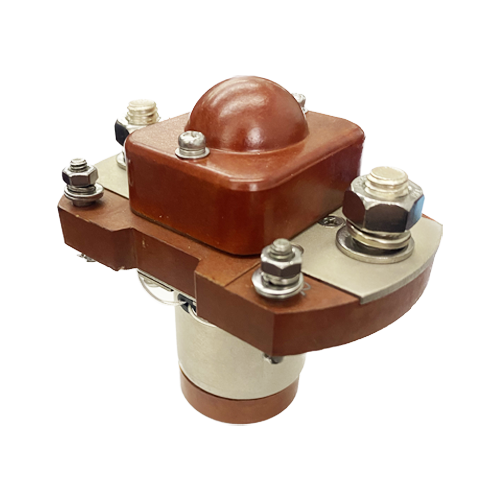Understanding Electromagnetic Contactors: A Comprehensive Guide for Industry Professionals
2025-08-04

Electromagnetic contactors are critical components in electrical systems, enabling the control of high-power devices with low-power signals. These electromechanical switches function by using an electromagnetic coil to open or close contacts, thus managing the flow of electricity to connected devices. Understanding the principles and applications of electromagnetic contactors can significantly enhance their effectiveness in various industrial settings.
Firstly, electromagnetic contactors consist of two primary parts: the coil and the contact assembly. When an electric current passes through the coil, it generates a magnetic field, which attracts a movable armature. This movement either opens or closes the contacts, depending on the design of the contactor. The ability to control substantial electric loads using minimal input power makes electromagnetic contactors indispensable in automation and control systems.
In terms of applications, electromagnetic contactors are widely used in motor control, lighting systems, and heating equipment. They provide reliable switching capabilities for motors, allowing for the safe start and stop of machines without the need for direct manual intervention. Additionally, contactors are equipped with various safety features, including overload protection and short-circuit protection, enhancing their reliability in critical applications.
When selecting an electromagnetic contactor, several critical factors should be taken into account. The voltage and current ratings of the contactor must match the load requirements to ensure safe and efficient operation. Furthermore, the operating environment—such as temperature, humidity, and potential exposure to corrosive substances—can influence the choice of a contactor. It is also essential to consider the contactor's duty cycle and the frequency of operation, as these factors can affect the lifespan and reliability of the device.
Another important consideration is the coil voltage. Electromagnetic contactors come with coils designed for various supply voltages, and it is crucial to select a contactor with a coil voltage that is compatible with the control circuit. This attention to detail helps prevent damage to both the contactor and the connected equipment.
In conclusion, electromagnetic contactors play an essential role in modern electrical systems, offering a reliable method for controlling high-power devices. By understanding their construction, functionality, and application considerations, industry professionals can make informed choices that enhance the efficiency and safety of their projects. Whether in industrial automation, HVAC systems, or energy management, electromagnetic contactors remain a vital component in electrical engineering.
Firstly, electromagnetic contactors consist of two primary parts: the coil and the contact assembly. When an electric current passes through the coil, it generates a magnetic field, which attracts a movable armature. This movement either opens or closes the contacts, depending on the design of the contactor. The ability to control substantial electric loads using minimal input power makes electromagnetic contactors indispensable in automation and control systems.
In terms of applications, electromagnetic contactors are widely used in motor control, lighting systems, and heating equipment. They provide reliable switching capabilities for motors, allowing for the safe start and stop of machines without the need for direct manual intervention. Additionally, contactors are equipped with various safety features, including overload protection and short-circuit protection, enhancing their reliability in critical applications.
When selecting an electromagnetic contactor, several critical factors should be taken into account. The voltage and current ratings of the contactor must match the load requirements to ensure safe and efficient operation. Furthermore, the operating environment—such as temperature, humidity, and potential exposure to corrosive substances—can influence the choice of a contactor. It is also essential to consider the contactor's duty cycle and the frequency of operation, as these factors can affect the lifespan and reliability of the device.
Another important consideration is the coil voltage. Electromagnetic contactors come with coils designed for various supply voltages, and it is crucial to select a contactor with a coil voltage that is compatible with the control circuit. This attention to detail helps prevent damage to both the contactor and the connected equipment.
In conclusion, electromagnetic contactors play an essential role in modern electrical systems, offering a reliable method for controlling high-power devices. By understanding their construction, functionality, and application considerations, industry professionals can make informed choices that enhance the efficiency and safety of their projects. Whether in industrial automation, HVAC systems, or energy management, electromagnetic contactors remain a vital component in electrical engineering.


